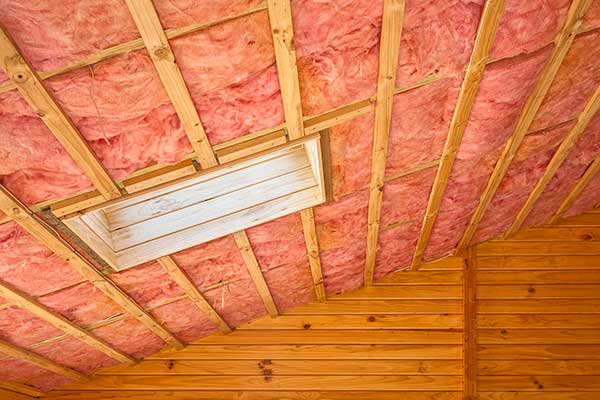WINDOWS & DOORS - BUILDINGS UNDER 300M2
New construction R-values & how to achieve them
Insulation is a barrier. It helps keep the heat in during the winter and can help keep the heat out during summer. This means that insulation is beneficial even in the warmest part of the country.
To be effective, the barrier has to be continuous in the building. That’s why the changes to Building Code clause H1 Energy Efficiency look at insulating all parts of a building – including ceilings, walls, floors, windows, doors and skylights. Below is an overview of the changes to construction R-value requirements in different parts of a building, and how they can be achieved.
Minimum R-values for Ceilings for housing in H1/AS1 and H1/VM1
| Options | Climate Zone | |||||
| 1 | 2 | 3 | 4 | 5 | 6 | |
| Windows & Doors | ||||||
| Previous minimum requirements | R0.26 | |||||
| 3 November 2022 | R0.37 | R0.37 | R0.37 | |||
| 1 May 2023 | R0.37 | R0.46 | R0.50 | |||
| 2 November 2023 | R0.46 | R0.46 | R0.50 | |||
New construction R-values for Windows & Doors
The first phase of implementation – from 3 November 2022 – will see windows and doors in houses in all areas of the country require a rating of R0.37.
This means minimum compliance can be achieved through a change in glazing, and specifically through the use of high-performance, double glazed Low E Insulated Glass Units (IGUs) in aluminium frames.
Low E glazing achieves a lower rate of heat loss due to thin layers of silver or other low emissivity material on one side of the glass, which is enclosed in double or triple glazing to protect the coating. To achieve further insulation, inert gas like argon is used between layer of glazing.
However, once requirements are lifted to R0.46 or R0.50, aluminium framing will not suffice. Thermally broken aluminium, uPVC or timber framing with double-glazed Low E IGUs will be required to meet or exceed the standard.
For Zones 3, 4, 5 and 6, those higher R-values need to be met starting 1 May 2023. For Zones 1 and 2, requirements will be lifted to R0.46 on 2 November 2023.



